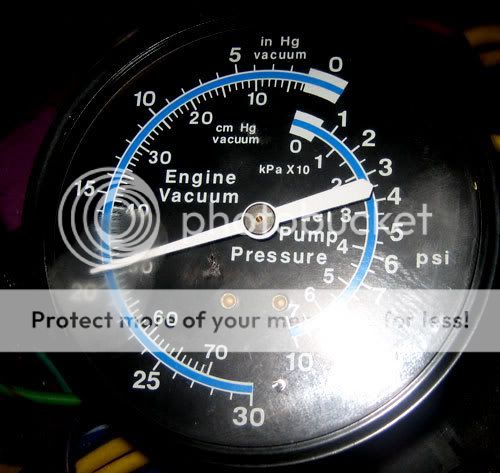As soon as a couple of you mentioned compression, I decided to take compression readings. In order from front to back they are: 190, 185, 30, 170, 180, 185. Obviously the 30 is a red flag. Wouldn't this mean there is a burnt valve, not a blown head gasket? I don't like the 170 reading, but I read that the cylinders should be within 10%. The 170 is low, but seems acceptable. There is no water in the oil, and there is not any oil in the radiator fluid. Any thoughts or suggestions?
Kevin
Kevin

 Hi Guest!
Hi Guest!

 smilie in place of the real @
smilie in place of the real @
 Pretty Please - add it to our Events forum(s) and add to the calendar! >>
Pretty Please - add it to our Events forum(s) and add to the calendar! >> 

